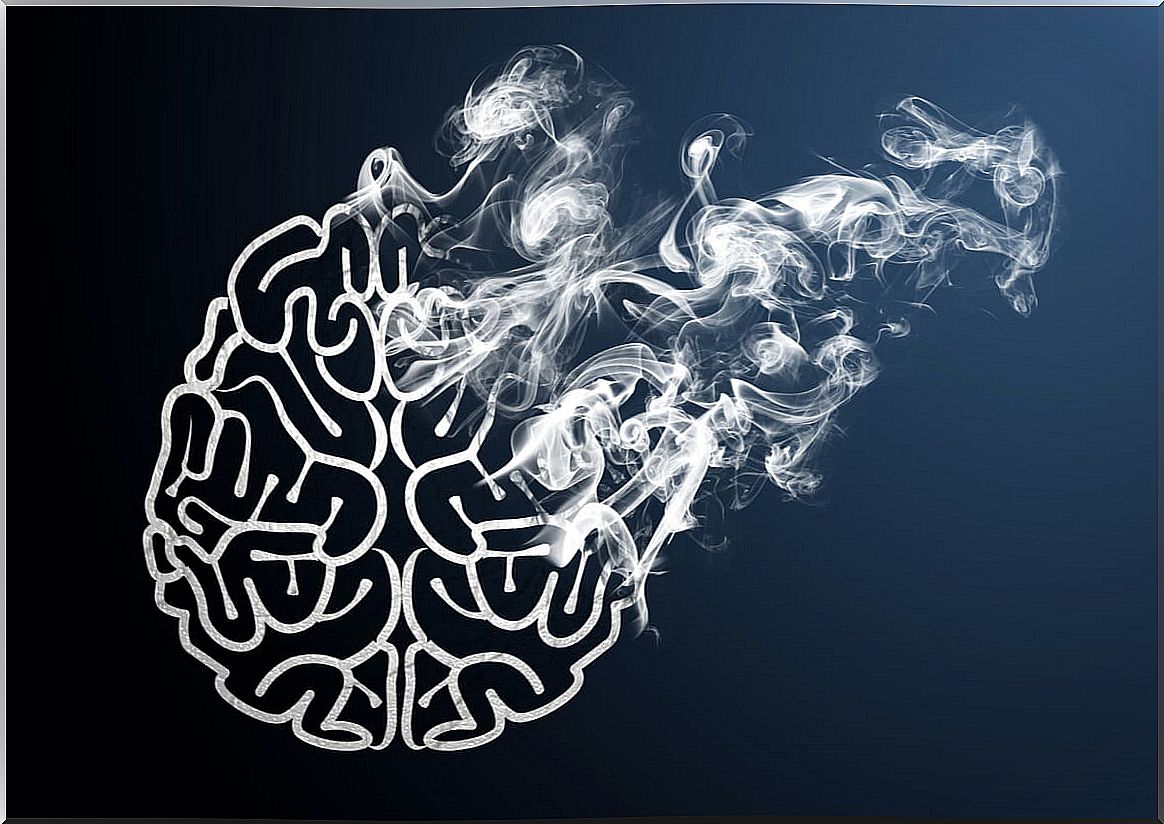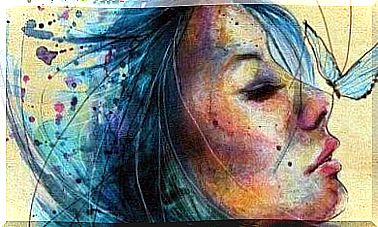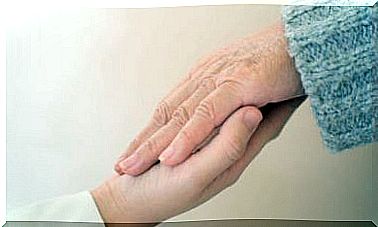Oneirism Or Dream Delirium: What Is It And How Does It Manifest Itself?

Oneirism or dream delirium is a syndrome associated with an alteration of consciousness. It is characterized, basically, by experiencing visual, tactile and even olfactory hallucinations as a conscious nightmare, which is highly disturbing for the person. The origin of this disorder is very complex, but it is always triggered by some cerebral pathophysiology.
This type of condition is not always related to lucid dreaming. That is, in this case, the person is usually in a waking state (awake), however, they are suddenly plunged into the same strange and dreamlike atmosphere that occurs in the middle of the REM phase of sleep. Thus, and as might be expected , this effect is, in many cases, a direct consequence of the consumption of hallucinogens, narcotics, etc.
As a curiosity, it should be noted that the first time that oneirism was described was in 1924. The German psychiatrist Wilhelm Mayer-Gross introduced this term in his work Confusional states: the oneiroidal form of experience to outline a phenomenon that later would even be a source of inspiration for painting, writing and sculpture.
This state of mind was a way of demonstrating how far the human mind could go in altered states.

Oneirism or dream delirium: definition, symptoms and treatment
Oneirism or dream delirium is a psychological state in which the person experiences hallucinations similar to nightmares that can be experienced at night. This condition is part of what we know as productive disorders of consciousness and although it does not appear as such in diagnostic manuals such as the DSM-V, the truth is that it is a well-known and well-studied phenomenon.
An example, if there is a country that has been deepening this condition for a long time, it is Russia. Studies, such as those carried out at the University of Moscow, describe it as a recurrent symptom in some patients diagnosed with schizophrenia. However, it should be noted that oneirism has multiple triggers; so much so that all of us can experience it if the circumstance arises.
What are the symptoms?
Something interesting about oneirism or dream delirium is that it does not only involve hallucinations. In reality, before these visual and sensory disturbances appear, the person experiences conflicting emotions, conflicting thoughts, effusiveness, nervousness and even the feeling that someone is watching them.
- Thus, to the aforementioned cognitive disturbance, hallucinations are added, both visual, as well as physical sensations (as if someone were touching them) and even auditory ones.
- Although these images may be highly realistic, many people are aware that this experience is not real. Others, especially those with schizophrenia, are unable to differentiate reality from hallucination. Moreover, in some cases they believe that someone has staged that unusual context or setting to surprise them (as if they were, for example, in The Truman Show ).
- Likewise, oneirism or delirium of the dream is accompanied by spatial and temporal disorientation. That is, while the phenomenon lasts and also after it, it is common for the person not to know where they are or what day it is.

What is the origin of oneirism or dream delirium?
As we have pointed out, any of us could at some point experience oneirism or dream delusion. An example, this psychological disturbance can appear as a result of normal biological factors, such as sleep deprivation.
That is, if we were 3 or 4 days without sleep, it is likely that we would experience some momentary hallucination. Like a waking micro-dream. Now, the usual thing is that oneirism or dream delusions appear due to the following factors:
- Psychoactive substances. Excessive alcohol consumption is the most common trigger for dreaming. As is LSD, mescaline or addiction to hypnotics, antidepressants, etc.
- Acute episodes of schizophrenia. In general, it begins with a very intense state of anxiety that gradually leads to a psychotic outbreak and with it these alterations in consciousness.
- Diseases. There are organic problems in which oneirism or dream delirium may appear. Infections, degenerative brain diseases and suffering, for example, gastrointestinal bleeding, can cause this problem to arise.
- Sleep disturbances. Although it is true that this type of hallucination is experienced in a waking state, it can appear in response to an alteration of the REM phase. The person wakes up unexpectedly and undergoes an experience similar to vivid dreams.
What treatments are there?
Oneirism or dream delirium is not, by itself, a serious condition. As it appears, it goes away. Now, this clinical reality is nothing more than the secondary effect of a specific disease, addiction or problem that triggers it. It is this and no other, the dimension on which all attention must be placed.
It has been observed that, in these cases, antipsychotics are not ineffective. Psychiatrists recommend benzodiazepines and psychological therapy to help the person make contact with reality, facilitate the management of emotions and favor a more organized mental approach.
The correct rest, good life habits in which to exclude the consumption of drugs, alcohol, etc., is also basic and essential in all cases.









